The ongoing global deforestation events are intensifying and becoming increasingly fragmented. However, current regional climate models are constrained by computational resources, and spatial resolution remains limited. Therefore, the representation of sub-grid vegetation in climate models plays a crucial role in understanding the feedback of deforestation on climate.
The Community Land Model (CLM) is currently the mainstream land surface model, with its original module coupled with the Community Earth System Model (CESM). It possesses a well-developed sub-grid representation of land use/vegetation and provides a coupling solution for the Weather Research and Forecast Model (WRF) regional climate model.
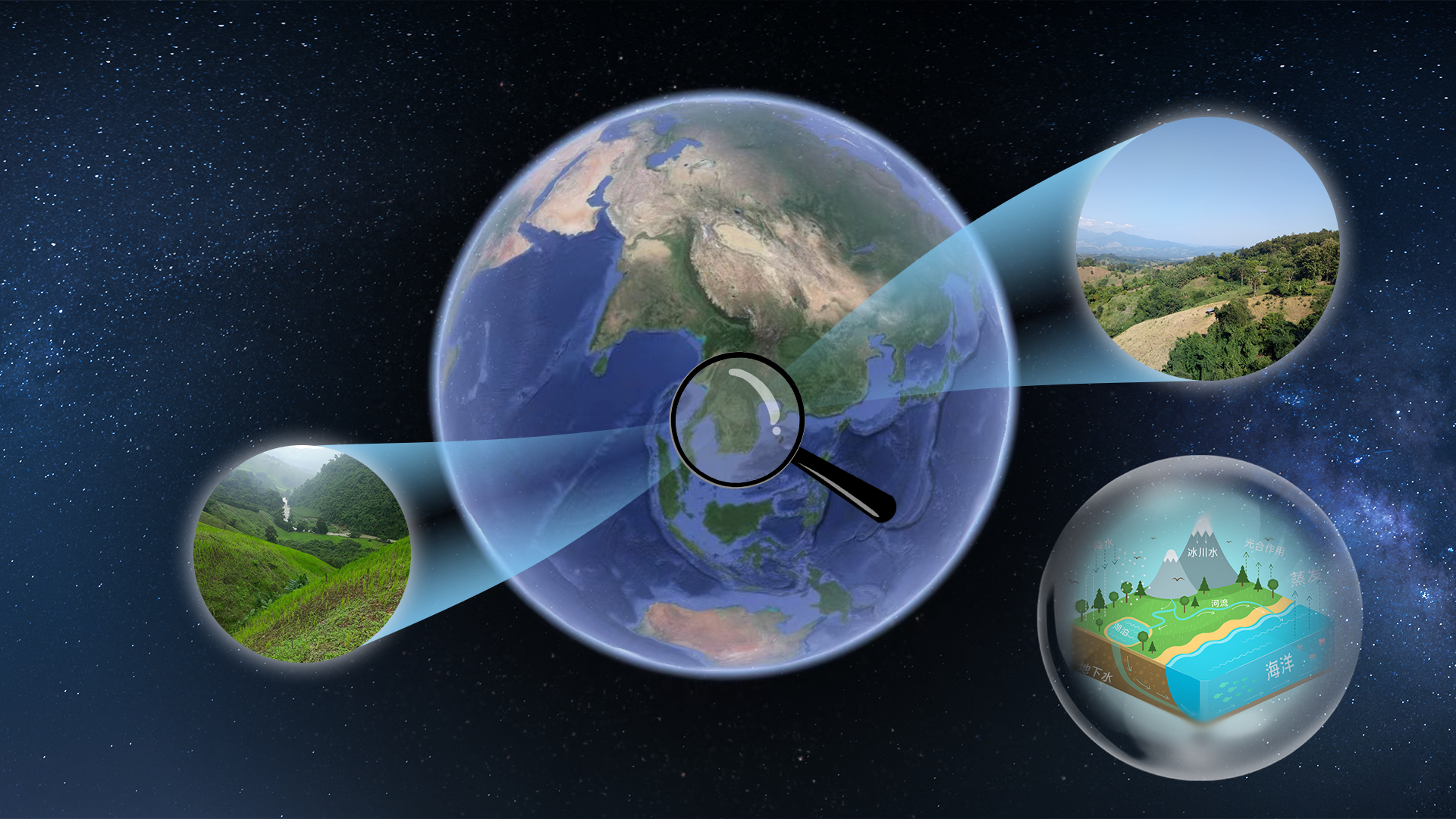
Associate Professor Zhenzhong Zeng’s research group from the School of Environmental Science and Engineering at the Southern University of Science and Technology (SUSTech) has recently developed an advanced CLM-tiling land surface scheme (LSS) by activating the tiling vegetation cover approach in the CLM-default, aiming to enhance the accuracy and reasonability in capturing the climate response to sub-grid vegetation cover change.
Their research work, entitled “Sub‐Grid Representation of Vegetation Cover in Land Surface Schemes Improves the Modeling of How Climate Responds to Deforestation”, has been published in Geophysical Research Letters, a top journal in the field of geophysical research.
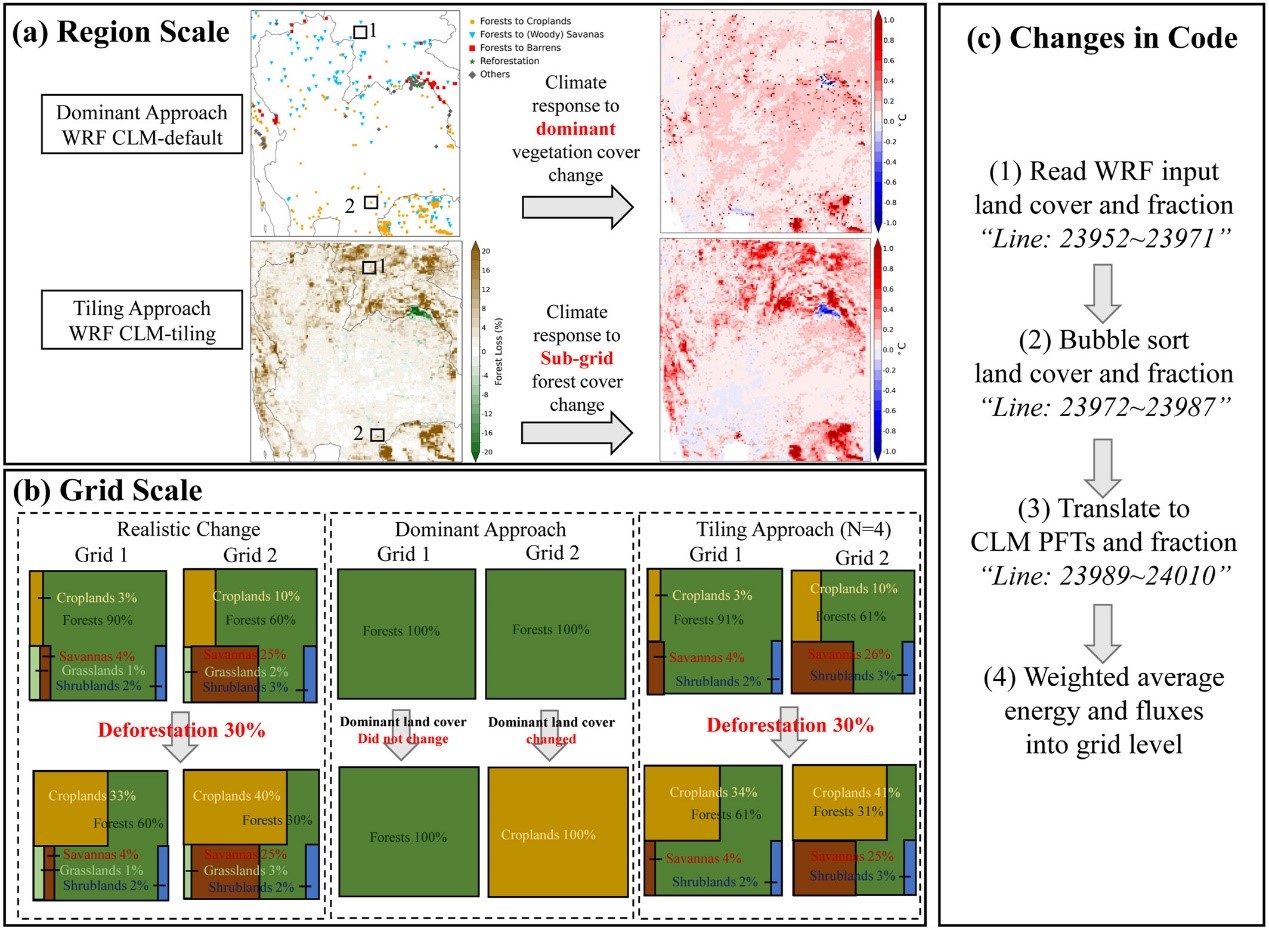
Figure 1. Diagram of activating the mosaic land cover method in WRF-CLM
Due to errors in the model coupling process, the original sub-grid vegetation function has not been effectively represented and is in a deactivated state. In the recent past, the WRF-CLM has practically represented the dominant vegetation type in the model grid (N=1, Fraction=100%), exhibiting the same functionality as the dominant vegetation type strategy in the WRF-Noah and WRF-Noah-MP grids. This dominant vegetation type strategy limits the model to capturing climate effects related to dominant land use/vegetation changes at the model resolution (Figure 1a). It does not represent the climate effects of vegetation proportion changes at the sub-grid scale.
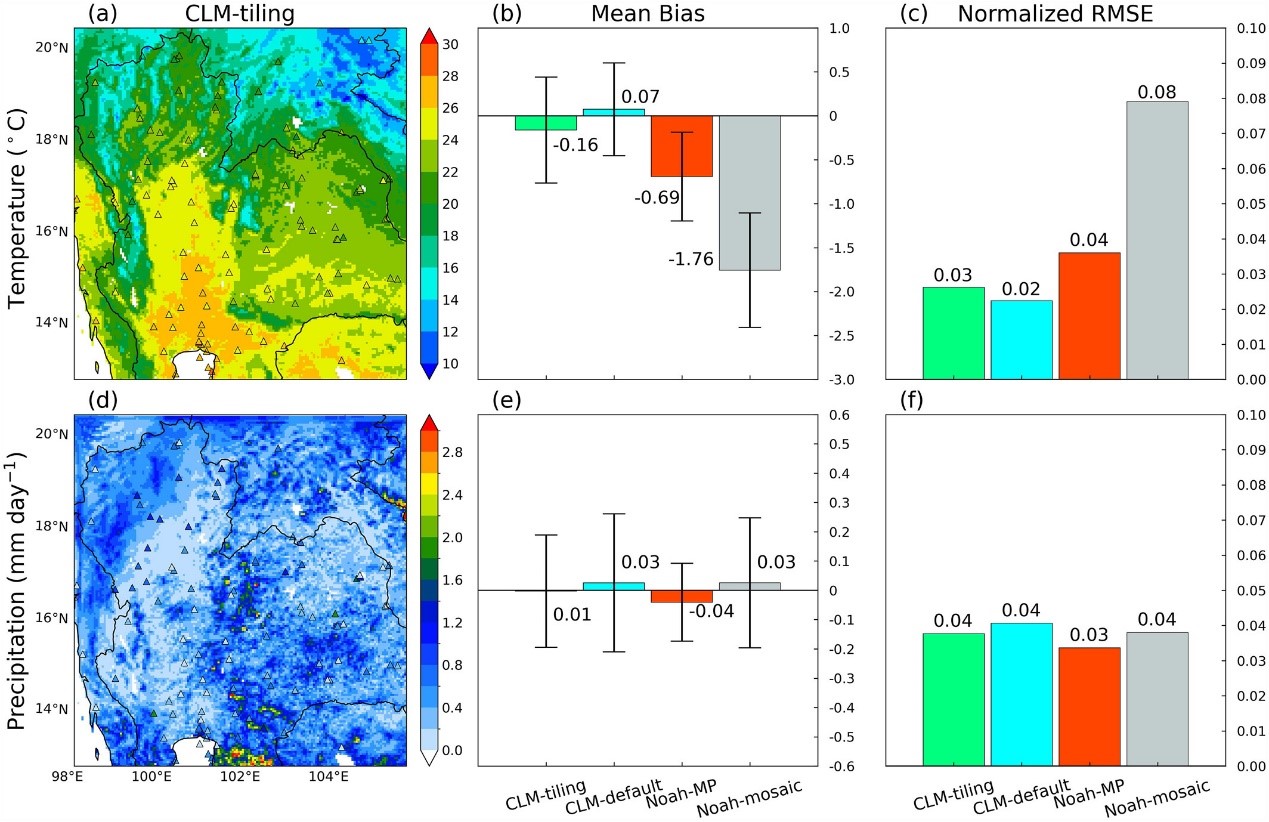
Figure 2. Validation of simulated surface air temperature and precipitation in CLM-tiling
The researchers made corrections to the code of WRF-CLM, ultimately achieving the activation of the sub-grid vegetation approach (Figure 1b). The corrected WRF-CLM (CLM-tiling) now has the capability to represent four sub-grid vegetation types (N=4) and their respective proportions within a grid. Under the representation of N=4, it can essentially reproduce the actual vegetation cover changes resulting from deforestation events (Figure 1b). The correction of the sub-grid vegetation representation approach allows the model to more reasonably capture the climate feedback of realistic deforestation scenarios (Figure 1a, CLM-tiling).
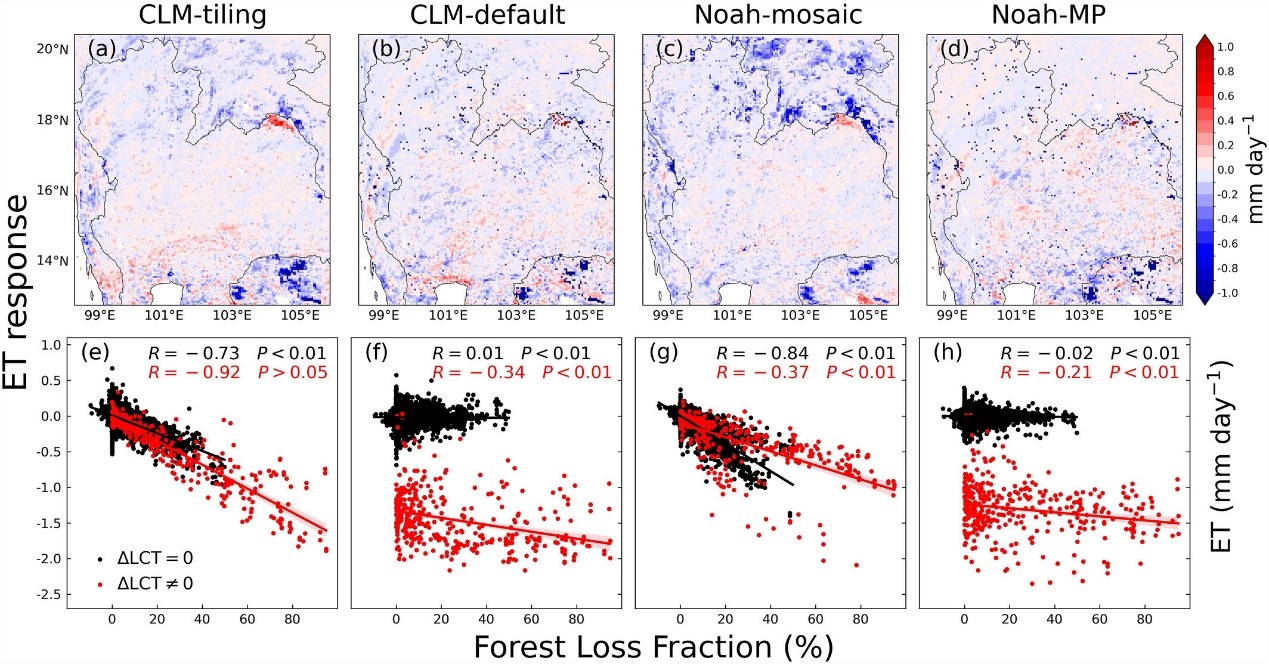
Figure 3. Simulated regional evapotranspiration (ET) response to forest loss fraction
The results show that CLM-tiling performs well in representing historical climate, outperforming Noah-mosaic and Noah-MP and having a comparative performance with CLM-default (Figure 2). The researchers further compared four LSSs, namely CLM-tiling, CLM-default, Noah-mosaic, and Noah-MP, in simulating the climate effects of deforestation in Southeast Asia (Figures 3 and 4). CLM-tiling shows a significant improvement compared to CLM-default, effectively capturing the climate response to sub-grid deforestation (Figure 3), particularly correcting and reproducing the deforestation climate effects in the northeastern region of Thailand and Laos. When compared to Noah-mosaic, which also has sub-grid functionality, CLM-tiling exhibits notable improvements, including enhancements in historical climate reproduction mentioned in the main text and a better representation of the deforestation-climate relationship shown in Figure 4.
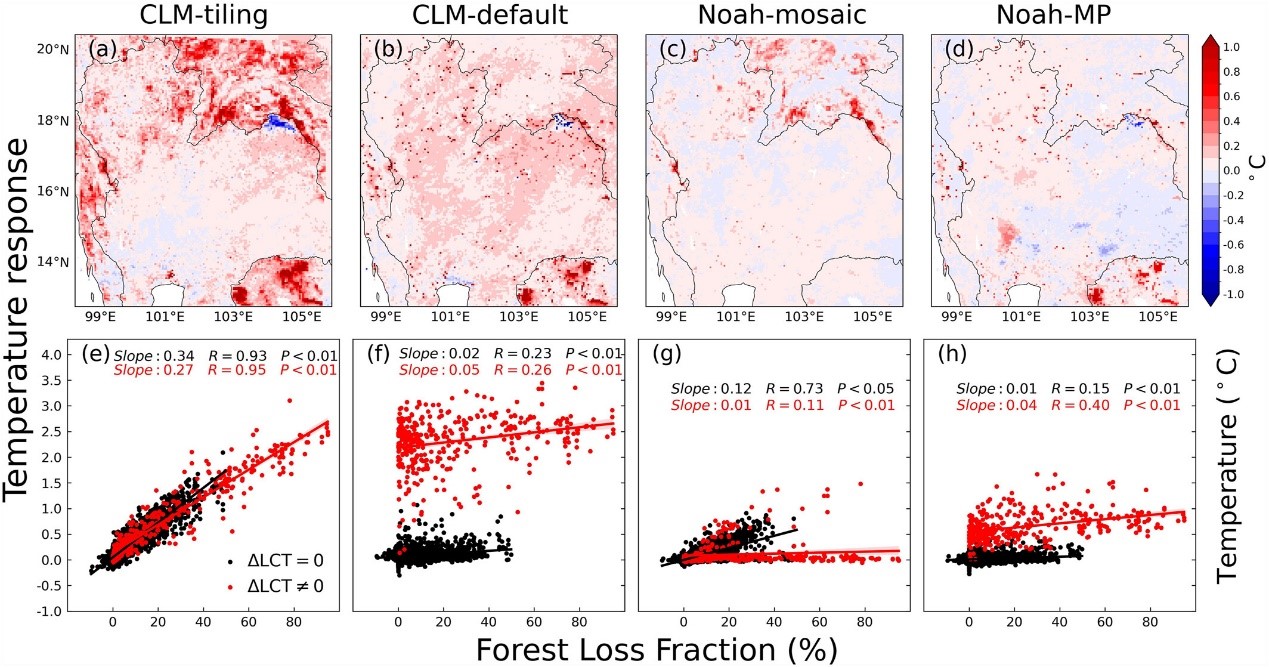
Figure 4. Simulated regional surface air temperature response to forest loss fraction
The research group highly recommends that users apply CLM-tiling in more cases of land-atmosphere interaction, correcting previous mistaken understanding and helping validate and improve model performance.
Yingzuo Qin, a Ph.D. student in Assoc. Prof. Zhenzhong Zeng’s research group, is the first author of the paper. Assoc. Prof. Zhenzhong Zeng and Dr. Dashan Wang from SUSTech are the corresponding authors. Co-authors include Ye’er Cao, an undergraduate student from Sun Yat-sen University, Prof. Xitin Cai from Sun Yat-sen University, Shijing Liang, a master’s student from SUSTech, and Prof. Hylke E. Beck from King Abdullah University of Science and Technology.
This study was supported by the National Natural Science Foundation of China (NSFC) and the Start-Up Fund of SUSTech. The researchers also acknowledge the support of the Center for Computational Science and Engineering at SUSTech for providing computing resources.
Paper link: https://doi.org/10.1029/2023GL104164
To read all stories about SUSTech science, subscribe to the monthly SUSTech Newsletter.
Proofread ByAdrian Cremin, Yingying XIA
Photo BySchool of Environmental Science and Engineering